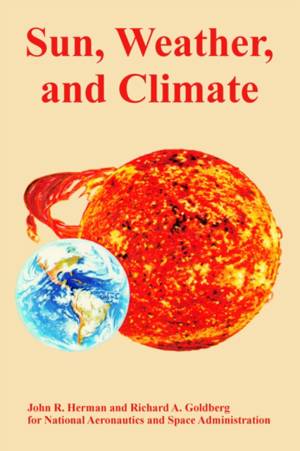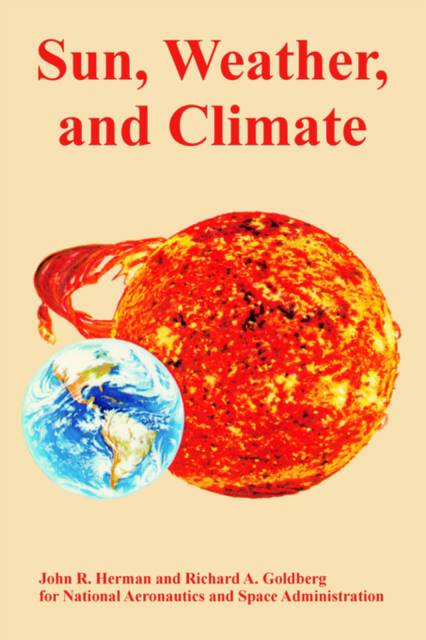
- Retrait gratuit dans votre magasin Club
- 7.000.000 titres dans notre catalogue
- Payer en toute sécurité
- Toujours un magasin près de chez vous
- Retrait gratuit dans votre magasin Club
- 7.000.0000 titres dans notre catalogue
- Payer en toute sécurité
- Toujours un magasin près de chez vous
40,45 €
+ 80 points
Description
This book introduces the general field of Sun-weather/climate relationships, that is, apparent weather and climate responses to solar activity, and provides theoretical and experimental suggestions for further research to identify and investigate the unknown causal mechanisms. It is directed to researchers active in the atmospheric and space sciences who wish to expand their background for meeting the challenge of this newly emerging field and to students who desire a general background in the several disciplinary areas of the field. In the 200-year history of Sun-weather studies, a large body of information has accumulated. Even though the reported results have sometimes been confused, disjointed, and contradictory, there has emerged a growing belief that there are connections between changes on the Sun and changes in the lower atmosphere. There is, however, a deplorable lack of acceptable physical mechanisms to explain those probable connections, and this has prevented widespread acceptance of the reality of solar activity effects on the weather and climate. The discovery of viable mechanisms will strengthen the scientific basis of Sun-weather relationships and may lead to improved predictions of weather and climate. It is obvious that improved predictions would have a profound impact on several crucial societal problems, especially in the areas of global food production and utilization of solar energy for man's needs. This book reviews the correlations between solar activity and weather and climate reported in historical and contemporary literature, addresses the physical linking mechanisms, and suggests experimental concepts for future investigations of such mechanisms. It is our intention to fill a gap in the literature by combining a review of the nature and quality of existing correlations with the basic physics underlying the various scientific disciplines required to pursue studies of physical linking mechanisms. We emphasize the multidisciplinary nature of the subject while providing a basic background in each of the various areas thought to play a role in coupling processes. In following this approach, we hope to acquaint meteorologists with solar and geophysical phenomena, solar physicists with terrestrial atmospheric processes, and so on, thereby stimulating the cross fertilization we believe is necessary for further progress in Sun-weather studies.
Spécifications
Parties prenantes
- Auteur(s) :
- Editeur:
Contenu
- Nombre de pages :
- 376
- Langue:
- Anglais
Caractéristiques
- EAN:
- 9781410221995
- Date de parution :
- 18-04-05
- Format:
- Livre broché
- Format numérique:
- Trade paperback (VS)
- Dimensions :
- 152 mm x 229 mm
- Poids :
- 548 g

Les avis
Nous publions uniquement les avis qui respectent les conditions requises. Consultez nos conditions pour les avis.






